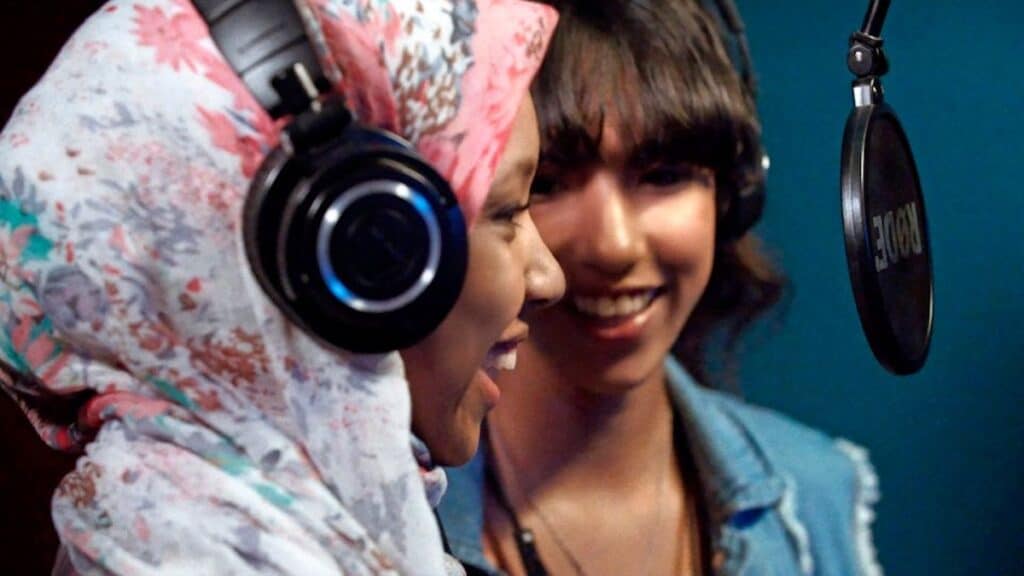‘Casablanca Beats’ Film Review: World Cinema Hip-Hop Musical Is a Blitz of Movement and Music

“Casablanca Beats” was reviewed by TheWrap out of the 2021 Cannes Film Festival.
Director Nabil Ayouch’s “Casablanca Beats” wears its narrative trappings ever so lightly. If the film’s bookends prime the viewer for an inspiration teacher drama, a kind of “Dead Poets Society” or “School of Rockablanca” about an unconventional prof helping his students at a community arts center find their voice, there’s both more and less to it than that.
Less in the sense that the film is not at all plot-heavy, with neither the teacher, one-time rapper Anas (played by real-life rapper Anas Basbousi), nor his students, who also play characters that share their real names, ever taking the lead. But what “Casablanca Beats” forgoes in conventional narrative it more than makes up for in filmic form, charging forward as a nonstop blitz of lyrics, language, movement and music.
It is, in other words, a world cinema hip-hop musical, replacing dialogue with freestyle bars and tapping into a flow that it rides from the opening bookend all the way to the close. Forgoing normal scenes or narrative arcs, Ayouch moves from student to student, focusing his hand-held and jittery camera on each one, following them into their homes and lives, letting them unburden themselves in verse (and in one case, dance). Considered in the abstract, the film shares a certain similarity to “Cats,” as it too follows a stage musical format, bringing a character to the fore, giving them their time and then moving on to the next.
Also Read:
‘France’ Film Review: Léa Seydoux Is Stuck in Hollow Look at the Hollowness of Fame
That being said, “Casablanca Beats” couldn’t be more different in nearly every other way. Onto that stage musical format it grafts a world cinema aesthetic, shooting the working-class slums of Sidi Moumen with a washed-out, hand-held and zoom-heavy look that feels very, well, world cinema. As befits that style, the film doesn’t hide the hardships its subjects face, but it doesn’t overemphasize them either. We see that Anas lives out of his car, and that students like Ismail, Zineb and Abdou deal with cramped living quarters, strict religious rules and economic deprivations, but none of that is the point. Or better still, all of that is but the launching point.
“Don’t run from your reality,” Anas tells his students, who all fall asleep at night wearing headphones, escaping their difficult circumstances by going inward. The real challenge is to take that inner turmoil and cast it back into the world, he explains. They do so by using words — a lot of them, in that motley Casablanca mix of Arabic, French and Berber, with a bit of hip-hop English to spice things up — and not that other release valve.
As with the economic issues, the fact that the men behind the 2003 and 2007 Casablanca attacks came from the same neighborhood is neither elided in the film nor dwelled upon. The students bring it up themselves in the film’s early moments, subtly strengthening the film’s argument for the necessity of such community cultural centers, even as other parts of the community push back. “Rap was revolutionary,” Anas notes as he draws a line from a musical form developed in the late ’70s Bronx to the spirit of liberation that fueled parts of the 2011 Arab Spring. First by telling and then by showing, “Casablanca Beats” argues that the power of personal expression can turn the world on its head. And for a good spell, the film does just that.
“Casablanca Beats” opens Friday, Sept. 16, in U.S. theaters.

